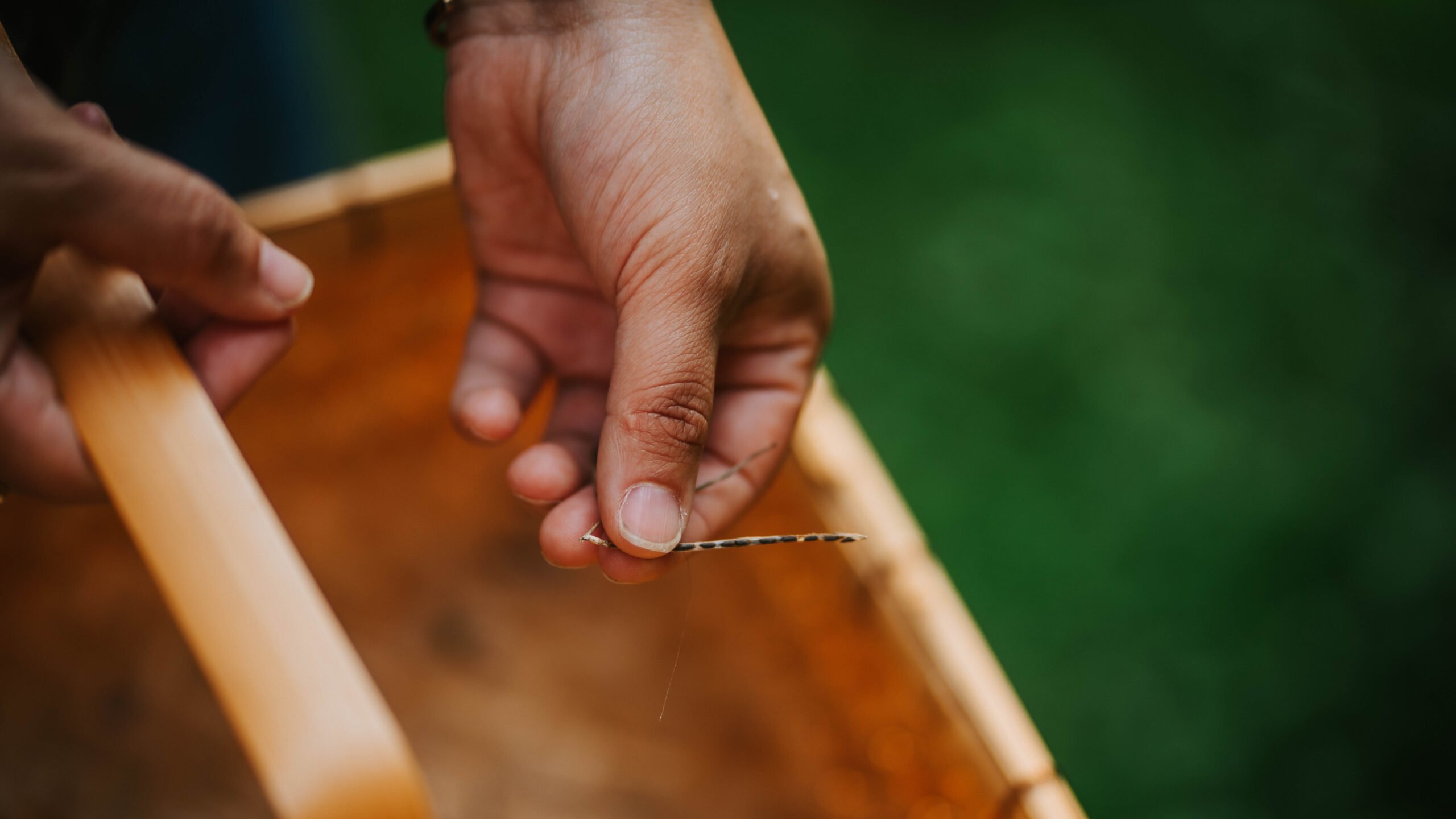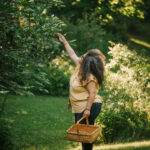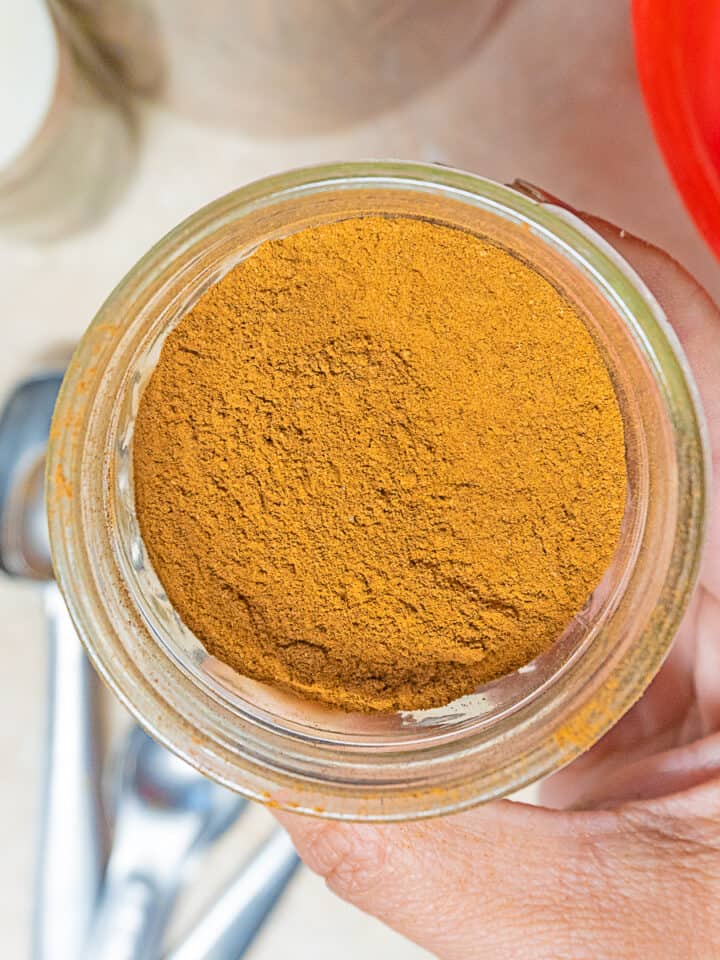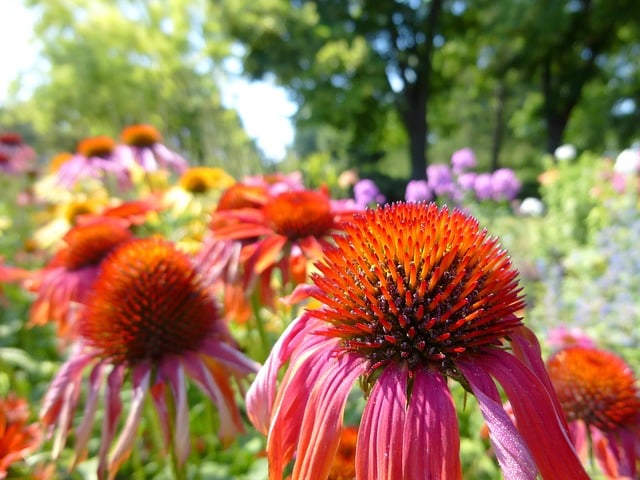Foraging and gathering food from nature freely is an age-old practice undergoing a contemporary renaissance. As more people seek direct connections with nature and more sustainable living methods, so foraging is a great way to do both.

If you're ready to venture into the flavorful world of wild foods, this guide will help you prepare for your first foraging season.
Get Organized

The first step in your foraging journey is organization. Begin by:
1. Creating a Wild Plant List: Jot down a list of wild foods available in your area. This might include berries, edible flowers, herbs, or soft fruits. A foraging calendar for your geographical area can help shape this list.
2. Research: Armed with your desired wild food list, get researching. Several books and websites provide priceless insights into local plants. "The Forager's Harvest" by Samuel Thayer is an invaluable resource.
3. Scout Locations: Find the best foraging spots in your locality. Public lands, nearby forests, meadows, and even your backyard can be rich with wild foods. Respect restricted areas and follow land use rules.
4. Invest in Guides and Apps: Purchase a high-quality field guide and reputable foraging apps. They're instrumental in correctly identifying plants and understanding their growing seasons and preferred environments.
5. Gather Your Tools: A sturdy basket or bag, a pair of durable gloves, and a spade or a knife are essential for your foraging endeavor.
Understand the Rules

Foraging rules vary by area, so ensure you know your local foraging laws and regulations well. It's essential to:
1. Get Permission: If you plan to forage on private property, ensure you've acquired prior permission.
2. Practice Sustainability: Adopt sustainable foraging practices. Harvesting at most 20% of the plant maintains the ecosystem's health and helps the plant regenerate.
Learn Accurate Plant Identification

Accurate plant identification is critical for a safe foraging experience. Always:
1. Be Certain: Ensure 100% accuracy in identifying a plant before you consume it. Toxic plants often mimic edible ones.
2. Know the Poisonous Plants: Familiarize yourself with the poisonous plants in your region. It helps you steer clear of them and avoid accidental ingestion or contact.
3. Attend Foraging Classes or Tours: Hands-on learning with a local expert can help solidify your identification skills.
Plan Your Foraging Trips

Now that you're armed with knowledge and tools plan your exciting foray into foraging. Remember to:
1. Pack Essentials: Your essentials should include a field guide or a phone loaded with relevant apps, water bottles, nutritious snacks, and your toolset.
2. Dress Appropriately: Ensure you wear appropriate clothing based on the weather and terrain. Keep insect repellants handy if required.
3. Plot Your Outing: Formulate a plan of action, including the kinds of plants you're hoping to find and the locations you plan to forage.
Get Out and Forage!

Finally, plunge into the wild with a sense of adventure. Foraging trips are about connecting with Mother Nature as much as about the bountiful harvest. Adhere to safety guidelines, be respectful and patient, and remember - nature's trove of wild foods awaits your discovery.
In conclusion, reconnoiter, identify, plan, and embark on your new sustainable journey. Happy foraging!










Comments
No Comments